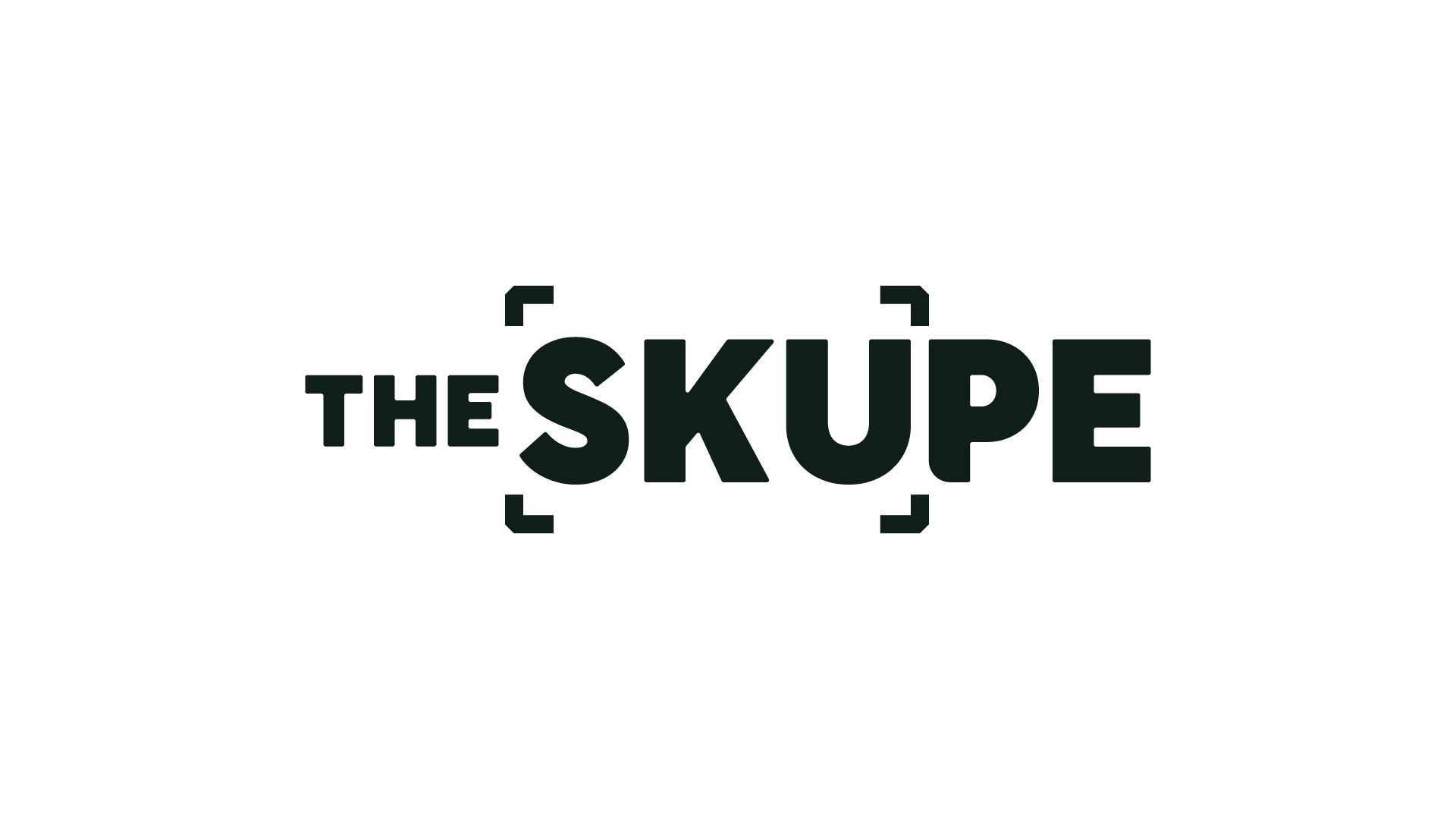Retail ops Rx: How better fulfillment drives more revenue
Donny Salazar dives into the complexities of order fulfillment

A version of this story first appeared in The SKUpe's weekly newsletter. To get it in your inbox, sign up for free, here.
By Marcy Medina | for The SKUpe
Order fulfillment is a complex set of processes that includes managing inventory, packing and shipping orders and processing returns. There’s plenty of margin for error at any given step, but there is also a huge opportunity for retailer gains if fulfillment is optimized. Nobody knows this better than Donny Salazar, founder and CEO of end-to-end fulfillment house MasonHub, “You have to be wherever the customer is,” he says, “and in order to accomplish that, you have to have fulfillment that allows you to place your products across multiple retailers, across multiple sites, across multiple marketplaces.” Here, he shares the operational areas to pay special attention to.
What does omnichannel fulfillment really mean?
A good 3PL should be able to:
- Handle orders that drop ship, i.e. those shipped directly from a manufacturer or supplier.
- Handle orders that are fulfilled by Amazon and orders from wholesale partners.
- Abide by big-box stores’ or retail chains’ compliance rules (many 3PLs either aren’t familiar with the rules or lack the capacity for compliance).
- Integrate their system with department stores’ EDI (electronic data interface).
What is the key to good inventory management?
Ensuring the proper amount of product is available at any given time is a challenge on a variety of scales. Brands often lack clear visibility into their inventory position, which can lead to items becoming short-stocked, or sold when they’re not actually available, both of which lead to negative customer experiences.
Look for a back-end order management system that allows you to see where all your inventory is across multiple channels, in real-time, and that allows virtual inventory to be sold when new inventory is expected to avoid missing demand.
Utilize dynamic kitting or “bundling” to free up inventory to be available individually and as part of a set, which can also increase average order volume. Additionally, offering multiple items as sets, even with a small discount, encourages customers to buy more. A robust order management system simplifies this process by automatically calculating and updating available inventory for bundles and individual components as each is purchased.
How can packaging balance quality and experience?
Ultimately it boils down to balancing function and cost with brand identity and customer experience. The durability of packaging is, of course, important; transit testing is a must, as is identifying the least costly choices from a size and weight perspective.
Consider how your pack-outs convey your brand identity. After all, the unboxing experience is the first physical touchpoint an e-commerce shopper has with a brand. For example, when it comes to eco-focused brands, environmentally-friendly options that aren’t excessive in size–carrying carbon-footprint implications–can create a positive experience.
How do you optimize cost and speed?
Rate shopping for shipping options is key. Larger retailers with more resources and greater outbound shipping volumes are likely to have strong relationships with multiple carriers, and therefore the best rates.
For small and medium retailers, finding the best rates on their own can be challenging with limited resources and smaller shipping volumes. In these cases, outsourced fulfillment can be helpful due to their relationships with multiple carriers and access to discounted rates. Look for 3PLs with dynamic ship-rate logic and multiple warehouse locations so that orders can be shipped from the location that is closest to the customer, which is faster and cheaper.
Thanks for reading.
You can reach the newsletter team at theskupe@mynewsletter.co. We enjoy hearing from you.
Interested in advertising? Email us at newslettersales@mvfglobal.com
The SKUpe is curated and written by Marcy Medina and edited by Bianca Prieto





Comments ()